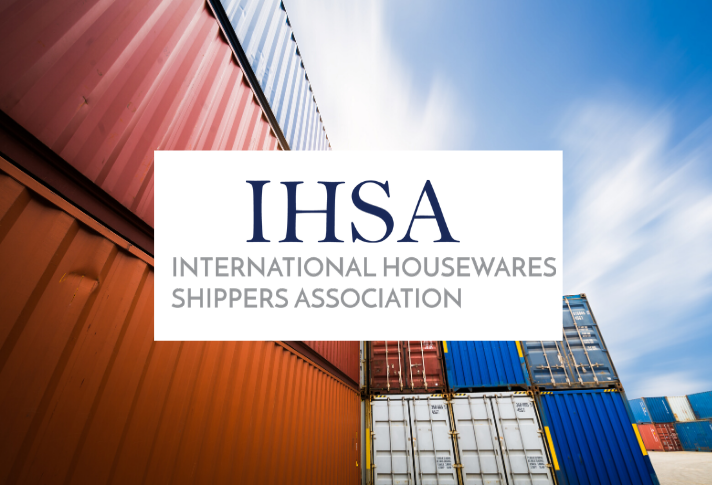Ocean carriers have a problem on their hands. Aside from a lackluster Asia to U.S. shipping market, carriers are about to be inundated with brand new containerships. This couldn’t happen at a worse time for the carriers. They are already being forced to slash freight rates to unprofitable levels in an effort to fill container vessels already deployed. Adding additional capacity will only put further downward pressure on rates.
The carriers have several options to address the new containerships. One option is to do nothing and deploy the vessels as they are delivered. This option makes little sense considering existing capacity already exceeds current and projected demand.
Another option would be to scrap some older vessels and replace them with the new vessels. This option makes more sense as the new vessels are much more fuel efficient. While the more fuel-efficient vessels will help cut costs, this option does nothing to address the overcapacity situation.
The third option for the carriers is to enact numerous options simultaneously hoping to stabilize rates. A few industry experts predict shippers will start to see portions of the following actions being implemented during the month of March:
- Carriers will delay deploying a percentage of new vessels
- Older vessels will be scrapped at higher than normal percentage rates
- Charter vessels will be returned to vessel owners
- Carriers will lay up vessels currently in rotation
- New rounds of blank sailings will be unleashed
It is feasible to assume that if all the above actions were implemented simultaneously, the carriers would be in a much better position to achieve more favorable 2023-24 ocean contracts. It is also feasible to assume that rates would stabilize and have a chance to increase heading into the third quarter.
There are also some industry experts predicting the carriers will return to their pre-pandemic behavior and focus on market share instead of profits. Shippers understand quite well that the only way for carriers to increase market share when supply exceeds demand is by offering low rates. Carriers are quick to point out that the current spot rates are unsustainable. Yet, some may be prepared to extend these rates or reduce even further to gain market share.
Shippers should look for subtle changes in the market that could indicate available container space will once again be a problem. A slow but steady increase in the spot rate, containers bumped to later vessels and weekly container allocations not being fulfilled, are all signs that the market is shifting in favor of the carriers.
Shippers should enjoy the low rates currently being offered in the market but remain cautious. The speed in which rates and available space can change in the Asia to U.S. market was on full display last year. Striving to have a low rate is prudent. Shippers striving to have the “absolute” lowest rate regardless of the consequences is not so prudent. Both sides need to work together to avoid the type of chaos that engulfed the industry throughout 2020 and 2021. Failure to do so could result in the return of $15,000 rate levels.



